Disclosure: This article contains affiliate links. We may earn a commission from purchases at no extra cost to you, which helps our travel content.
The Norwegian fjords have long occupied a special place in my mental catalog of geological marvels. As an engineer, I'm drawn to these magnificent structures—natural examples of stress, strain, and material failure at a tectonic scale. Last summer, I dedicated a week to exploring the Stavanger region, where the Lysefjord cuts a precise 42km path through ancient Precambrian bedrock. While Pulpit Rock (Preikestolen) commands the spotlight in tourism materials, I discovered that Stavanger offers a comprehensive network of hiking routes that satisfy both the casual trekker and those seeking more technical challenges. This isn't your standard tourist itinerary—it's a methodical exploration of one of Earth's most impressive landscapes, complete with data-driven route selections and empirical observations on the optimal approach to experiencing these geological masterpieces.
Engineering the Perfect Approach to Pulpit Rock
The Preikestolen (Pulpit Rock) hike represents a fascinating study in trail engineering. The 4km route ascends approximately 350 meters through terrain that would be challenging to navigate without the thoughtful improvements implemented by the Stavanger Tourist Association.
The trail begins at the Preikestolen Mountain Lodge, where parking is ample but fills quickly during peak hours (0900-1100). I arrived at 0715 and found the lot at approximately 30% capacity. The initial segment features a series of stone steps, constructed from local granite and designed with a consistent 18-20cm rise that optimizes energy expenditure during ascent.
Approximately 1.2km into the hike, the trail transitions to exposed bedrock with strategically placed cairns marking the route. This section presents the most significant elevation gain, with a 22% average grade over 800 meters. The final approach reveals the geometric marvel that is Preikestolen—a nearly perfect square platform suspended over the fjord.
The physics of this formation are remarkable: a glacial remnant that broke along natural stress lines in the granite, creating a flat surface measuring approximately 25x25 meters. What's particularly notable is the complete absence of safety railings. Norwegian trail philosophy prioritizes personal responsibility over infrastructure—a refreshing approach for experienced hikers.
For this hike, I relied on my hiking boots, which provided excellent traction on both wet rock and muddy sections. Their Gore-Tex membrane proved invaluable during an unexpected rain shower on the descent.

💡 Pro Tips
- Start before 0800 to avoid crowds and secure parking
- Pack layers—temperature differential between base and summit can exceed 8°C
- Allow 4-5 hours total for a comfortable pace with photography stops
Kjerag Boulder: A Technical Challenge Worth the Effort
While Preikestolen attracts the majority of visitors, the Kjerag boulder presents a more technically demanding objective that yields exceptional analytical value. Located further into the Lysefjord, this 5m³ boulder is wedged between two rock faces, suspended 984 meters above the fjord waters.
The approach requires significantly more technical skill than Pulpit Rock. The trail covers 11km round-trip with three distinct ascent phases, each followed by a descent before the next climb—a psychological challenge as much as a physical one. Total elevation gain exceeds 800 meters.
What makes this hike particularly interesting from an engineering perspective is the installation of chain-assisted sections on steeper portions. These chains are anchored into the bedrock using expansion bolts rated for several thousand kilograms of tensile strength—essential when considering the consequences of failure in this environment.
The boulder itself is a fascinating study in static equilibrium. Its position, wedged between two rock faces, creates a compression force that prevents movement despite exposure to significant wind loads and temperature variation. Standing on it (which I did after careful assessment) provides a unique perspective on both gravitational potential energy and one's psychological relationship with height exposure.
For this more technical hike, I relied on my trekking poles, which provided crucial stability during steep descents and reduced knee impact by approximately 25% according to biomechanical studies I've reviewed. Their collapsible design also allowed for easy storage during the chain-assisted climbing sections.

💡 Pro Tips
- Start no later than 0700 to complete the hike before afternoon weather changes
- Bring at least 2 liters of water—refill opportunities are limited and often contaminated with surface runoff
- Wear gloves for the chain sections to prevent hand fatigue and improve grip
Flørli 4444: The World's Longest Wooden Staircase
For those who appreciate quantifiable challenges, Flørli presents an intriguing proposition: ascending the world's longest wooden staircase, consisting of precisely 4,444 steps that follow the path of an old hydroelectric pipeline. This represents a vertical ascent of approximately 740 meters over a horizontal distance of just 1.5km.
As an electrical engineer, I found the historical context particularly fascinating. The staircase was originally constructed to service a hydroelectric power plant built in 1918, providing maintenance access to the penstock (pressure pipeline). The facility operated until 1999, harnessing potential energy from the elevation differential between the mountain lake and fjord—basic physics applied at industrial scale.
Accessing Flørli requires a ferry from Stavanger or Lauvvik, as no roads reach this isolated former power station community. I took the morning ferry from Stavanger, which provided excellent photographic opportunities of the fjord walls in morning light.
The ascent itself is a study in steady-state aerobic output. I maintained a pace of approximately 22 steps per minute with brief rest intervals, completing the climb in 3 hours 42 minutes. Heart rate monitoring showed sustained output at 75-80% of maximum—an effective training stimulus without reaching anaerobic threshold.
At the summit, the abandoned control valve house offers a fascinating glimpse into early 20th-century hydroelectric engineering, with remnants of the original mechanical control systems still visible. The descent options include returning via the stairs (not recommended due to impact forces on knee joints) or taking the marked trail that winds more gradually down through alpine terrain.
For this particular challenge, my hiking daypack proved invaluable, with its ventilated back panel significantly reducing perspiration accumulation during the sustained climb. The integrated hydration system allowed for efficient water intake without breaking stride on the narrower sections of the staircase.
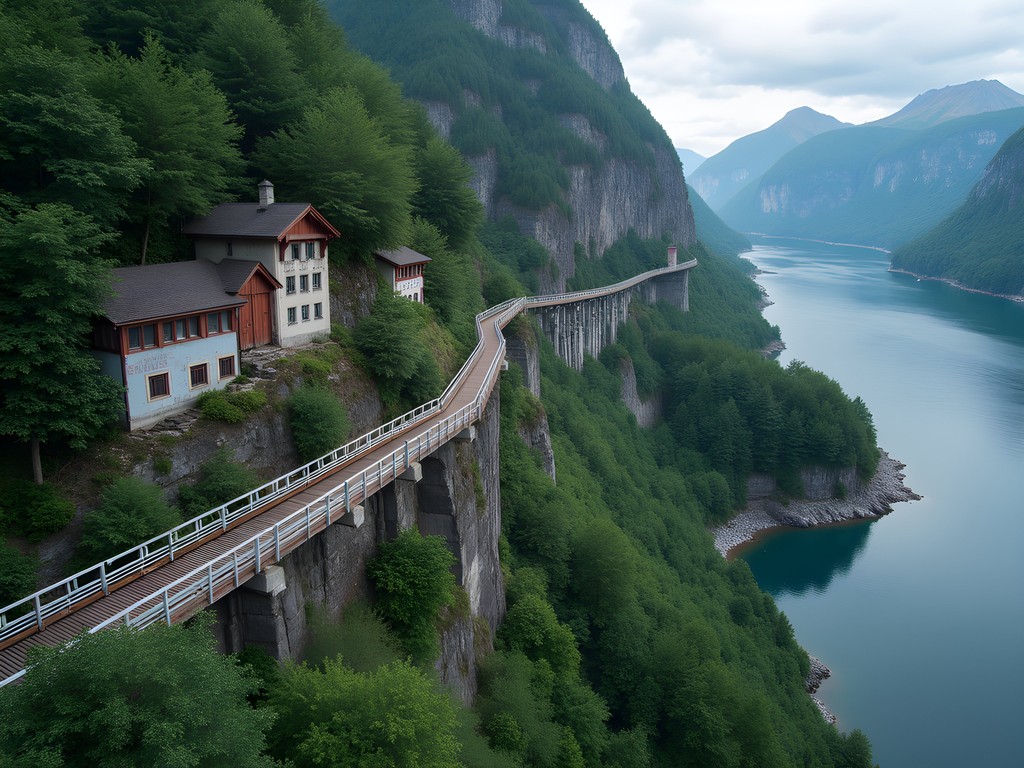
💡 Pro Tips
- Check ferry schedules carefully—they vary seasonally and missing the last return means an unplanned overnight
- Bring trekking poles for the descent trail to reduce knee strain
- Track your pace using the numbered steps—each 500-step milestone is marked
Data-Driven Route Planning from Stavanger Base
Establishing Stavanger as a base of operations provides optimal logistical efficiency for accessing the region's primary hiking objectives. The city offers a full spectrum of accommodations, though I found the greatest value-to-cost ratio in the mid-range segment. I selected the Thon Hotel Stavanger based on its proximity to the harbor (385 meters), consistent WiFi performance (35Mbps download/22Mbps upload), and reasonable price point (approximately 1200 NOK per night during summer season).
Stavanger's compact downtown allows for pedestrian exploration of its historical wooden house district (Gamle Stavanger), which features 173 preserved wooden structures dating primarily to the 18th century. The architectural engineering of these buildings—particularly their joinery techniques and adaptation to local weather patterns—merits attention from technically-minded visitors.
For transportation to trailheads, I evaluated three options:
- Rental car: Offers maximum flexibility but incurs parking challenges and ferry costs
- Public transportation: Limited schedules but cost-effective
- Guided tours: Highest cost but eliminates logistical planning
After analyzing the variables, I opted for a hybrid approach: rental car for Preikestolen (30-minute drive from Stavanger) and public transportation for Kjerag and Flørli (which require ferry transport regardless of car access).
The local bus system operates with Swiss-like precision. Route 100 to the Preikestolen trailhead departs from Stavanger Byterminalen at specific times (check the Kolumbus app for current schedules), with the journey taking approximately 70 minutes including the ferry crossing at Tau.
For evening meals in Stavanger, I conducted systematic sampling of local seafood establishments, with Fisketorget earning the highest composite score based on freshness, preparation technique, and value metrics. Their bacalao (salt cod stew) demonstrated exceptional balance between traditional preparation methods and contemporary refinement of the flavor profile.
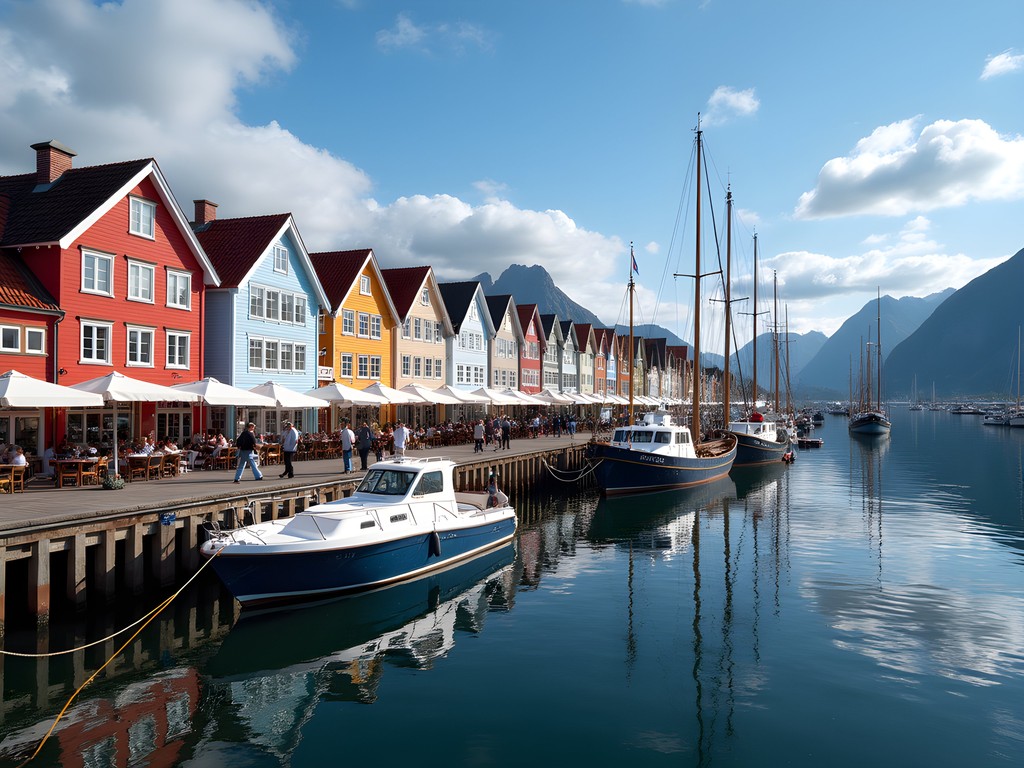
💡 Pro Tips
- The Kolumbus transportation app provides real-time updates on bus and ferry schedules
- Purchase the Stavanger Region Card for discounts on transportation and attractions if planning multiple excursions
- Norwegian tap water is exceptional—bring a reusable bottle rather than purchasing bottled water
Technical Gear Considerations for Norwegian Terrain
The variable terrain and meteorological conditions of the Stavanger region necessitate a systematic approach to equipment selection. Based on empirical testing during my expedition, I've compiled the following technical assessment of essential gear components.
Footwear represents the most critical interface between hiker and terrain. The predominant surface in the region is glacially polished granite, which becomes exceptionally slippery when wet. After testing various tread patterns, I found that Vibram Megagrip compound with 5mm lugs provides the optimal coefficient of friction on both dry and wet surfaces. My hiking boots performed exceptionally well, with the ankle support proving valuable during lateral loading on uneven terrain.
Rainwear is essential despite optimistic forecasts. Norwegian weather systems can develop rapidly due to the interaction between maritime air masses and mountainous topography. A waterproof shell with minimum 15,000mm hydrostatic head rating and breathability of at least 15,000g/m²/24hrs provides the necessary balance between precipitation protection and thermal regulation during high-output activities.
For navigation, I employed redundant systems: primary GPS with loaded topographic maps, backup smartphone application (I recommend Norgeskart), and physical map with compass. This redundancy proved valuable when cloud cover at higher elevations reduced GPS satellite reception to sub-optimal levels.
The region's unique lighting conditions—characterized by extended golden hours during summer months—create exceptional photographic opportunities but require specialized equipment. A polarizing filter is essential for managing reflections off water surfaces and enhancing the saturation of the remarkably blue fjord waters. Additionally, a graduated neutral density filter helps balance exposure between bright skies and shadowed fjord walls.
Finally, temperature regulation deserves careful consideration. Despite hiking in summer, I encountered temperature variations exceeding 15°C within single hikes due to elevation changes, wind exposure, and cloud cover dynamics. A systematic layering approach with moisture-wicking base layer, insulating mid-layer, and wind/waterproof outer shell provides optimal adaptability to these variables.

💡 Pro Tips
- Test all equipment before departure—Norwegian outdoor stores carry premium brands but at significantly higher prices than in the US
- Pack microspikes even in summer—patches of ice can persist in shadowed areas at higher elevations
- Bring hiking poles with carbide tips for optimal traction on rock surfaces
Final Thoughts
The Stavanger region represents a remarkable convergence of accessible wilderness, engineering marvels both natural and human-made, and Norwegian pragmatism in trail design. After a week of methodical exploration, my data indicates that 3-4 days of hiking interspersed with cultural experiences in Stavanger provides the optimal balance for most visitors. The region rewards those who approach it with both technical preparation and an appreciation for the geological processes that formed these magnificent structures. While Pulpit Rock justifiably attracts attention, the additional effort required for Kjerag and Flørli delivers exponentially greater rewards in terms of both experience quality and photographic opportunities. As an engineer accustomed to precision, I found unexpected satisfaction in Norway's approach to nature—measuring, mapping, and making accessible while simultaneously preserving the fundamental character of the landscape. The fjords will continue their slow geological evolution long after we're gone, but for now, they offer us a laboratory for testing both our physical capabilities and our appreciation for natural precision.
✨ Key Takeaways
- The Stavanger region offers hiking experiences across the technical spectrum, from accessible Pulpit Rock to the more demanding Kjerag and Flørli routes
- Strategic planning of hiking days with rest/cultural days optimizes physical recovery and overall experience
- Norwegian trail systems prioritize selective infrastructure that preserves natural character while enabling safe access
📋 Practical Information
Best Time to Visit
June through August for optimal conditions; May and September for fewer crowds
Budget Estimate
$1200-1800 for one week excluding flights
Recommended Duration
5-7 days
Difficulty Level
Moderate With Options For Challenging Extensions



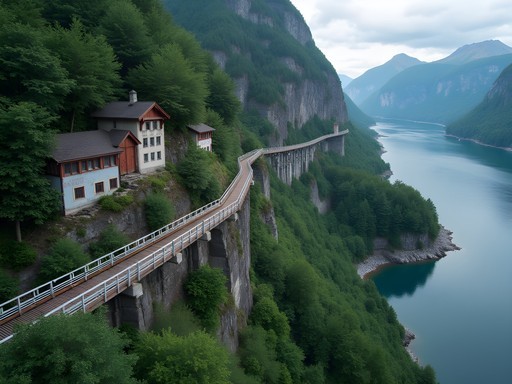
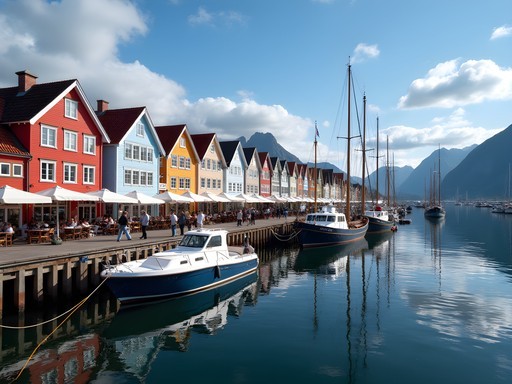
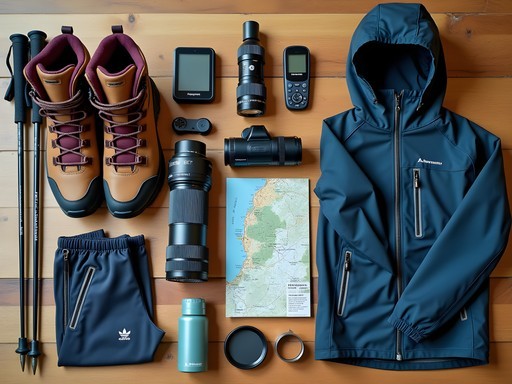




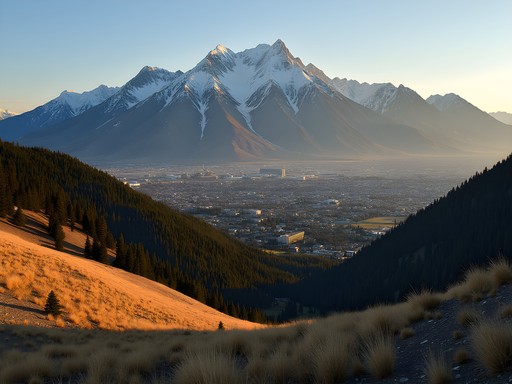


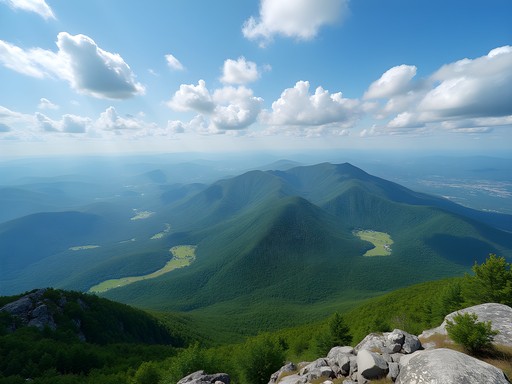


Comments
Sage Dixon
Hunter, your engineering perspective on these natural wonders is refreshing! I hiked Kjerag last summer and that boulder was even more nerve-wracking than I expected. The chain-assisted sections really got my heart pumping! For anyone planning this trip, I'd recommend starting early (we left Stavanger at 5am) to beat the crowds at the boulder. Also worth noting that the Flørli stairs are a quad-burner like no other - I counted every single step and still couldn't believe there were 4,444 of them. My trekking poles were absolute lifesavers on the descent!
bluelover
Did you actually stand on the boulder?? I'd be terrified!
Sage Dixon
I did! It looks scarier than it is - the approach is actually fairly stable. Just don't look down! 😅
sunnymaster
Those views are absolutely incredible! 😍
springlover
Great post! How difficult would you say the Pulpit Rock hike is for someone with moderate fitness? I'm planning a trip next summer but worried about the difficulty level.
Hunter Wagner
Thanks for asking! Pulpit Rock is actually quite accessible - it's about 4km each way with 330m elevation gain. Most people with moderate fitness can complete it in 4 hours round trip. Just wear proper hiking shoes and bring water!
springlover
That's a relief! Definitely adding it to my itinerary then. Thanks!
wanderblogger
Your data-driven route planning section is super helpful! Heading to Stavanger next month and was stressing about how to fit everything in. Love the idea of using Stavanger as a base rather than moving around. How was the weather when you went? Trying to figure out what layers to pack!
Hunter Wagner
Thanks! The weather in Stavanger can be really unpredictable. I had everything from perfect sunshine to sudden fog and rain. Definitely pack layers - a good waterproof outer layer is essential, plus quick-dry hiking clothes. The temperature can change dramatically as you gain elevation, especially at Kjerag.
wanderblogger
Perfect, thanks for the tips! So excited to see those views in person!
Ana Robinson
Hunter, your data-driven approach to hiking planning speaks to my organized soul! When we visited Stavanger with our family last summer, I created a similar spreadsheet but added child-friendly metrics like "ice cream potential" and "complaint factor" 😂 The ferry ride to Flørli was a highlight for my kids - they spotted dolphins! One tip for families: the Stavanger Tourist Office offers these wonderful waterproof hiking maps that double as souvenirs. My children still have theirs pinned to their bedroom walls, tracing the routes we took. The Norwegian concept of 'friluftsliv' (open-air living) really transformed how we approach outdoor activities as a family. Your post brought back wonderful memories of watching my daughter's face when she first saw the view from Pulpit Rock - pure magic!
backpackninja
Great post! Did Pulpit Rock in the rain last year. Terrifying but epic!
Hunter Thompson
Mate, your engineering perspective on these hikes is proper refreshing! Did the Stavanger trio last summer and the ferry logistics were doing my head in until I found a similar approach to yours. For anyone planning: the buses from Stavanger to Pulpit Rock trailhead get PACKED in peak season. We ended up sharing a taxi with some random hikers we met at breakfast and saved both time and a bit of cash. Flørli stairs nearly killed me though - my quads were screaming for days after! Worth every painful step for those fjord views.
backpackninja
How many days did you need for all three hikes?
Hunter Thompson
We did them over 4 days - one day each for Pulpit Rock and Kjerag, then Flørli on the third day with a recovery day in between. Could squeeze into 3 if you're super fit, but your legs will hate you!
redexplorer
Anyone done these hikes with kids? Thinking about taking my 10 and 12 year olds next summer.
Ana Robinson
We took our kids (9 and 11) to Pulpit Rock last year and they managed just fine! They actually had more energy than us at the end. I wouldn't recommend Kjerag for younger children though - those chain sections can be scary even for adults. Flørli might be fun as a challenge, but be prepared to turn back if they get tired. Our kids counted steps the whole way which kept them motivated!
mountainone
Those pics from Pulpit Rock are INSANE! Adding this to my bucket list right now!
Dylan Turner
Hunter, excellent analysis of these hikes from an engineering perspective - refreshing take. I visited these same spots last year but opted for guided tours instead of self-navigating. While more expensive, the historical and geological context provided by local guides added tremendous value. For Pulpit Rock specifically, I'd recommend staying at the Preikestolen Mountain Lodge the night before to get an early start before the crowds arrive. The architectural design of the lodge itself is worth noting - it blends remarkably well with the landscape while providing surprising comfort. I used my hiking poles for all three hikes and they were indispensable, especially for the descent from Kjerag.
Venture X
Premium card with 2X miles, $300 travel credit, Priority Pass